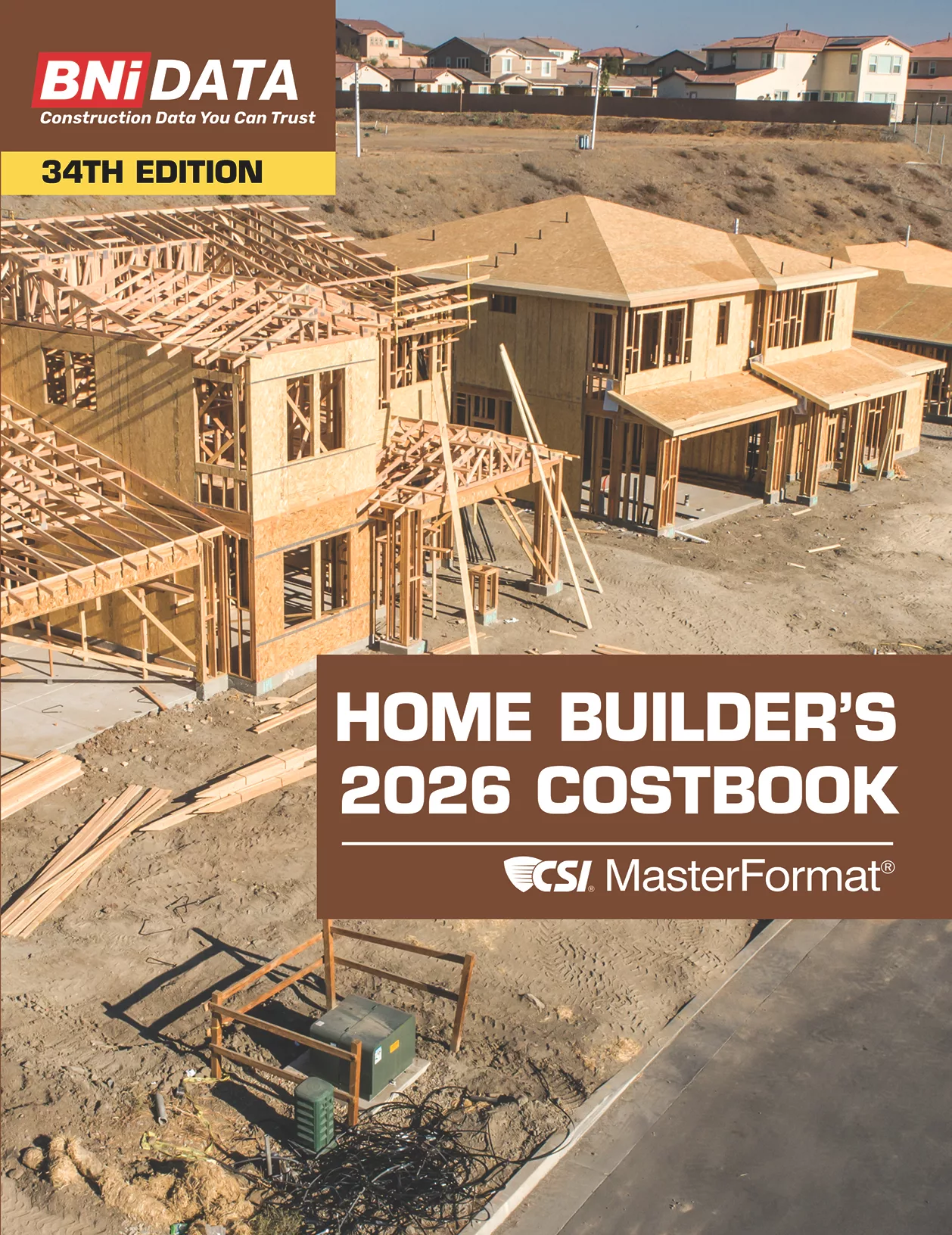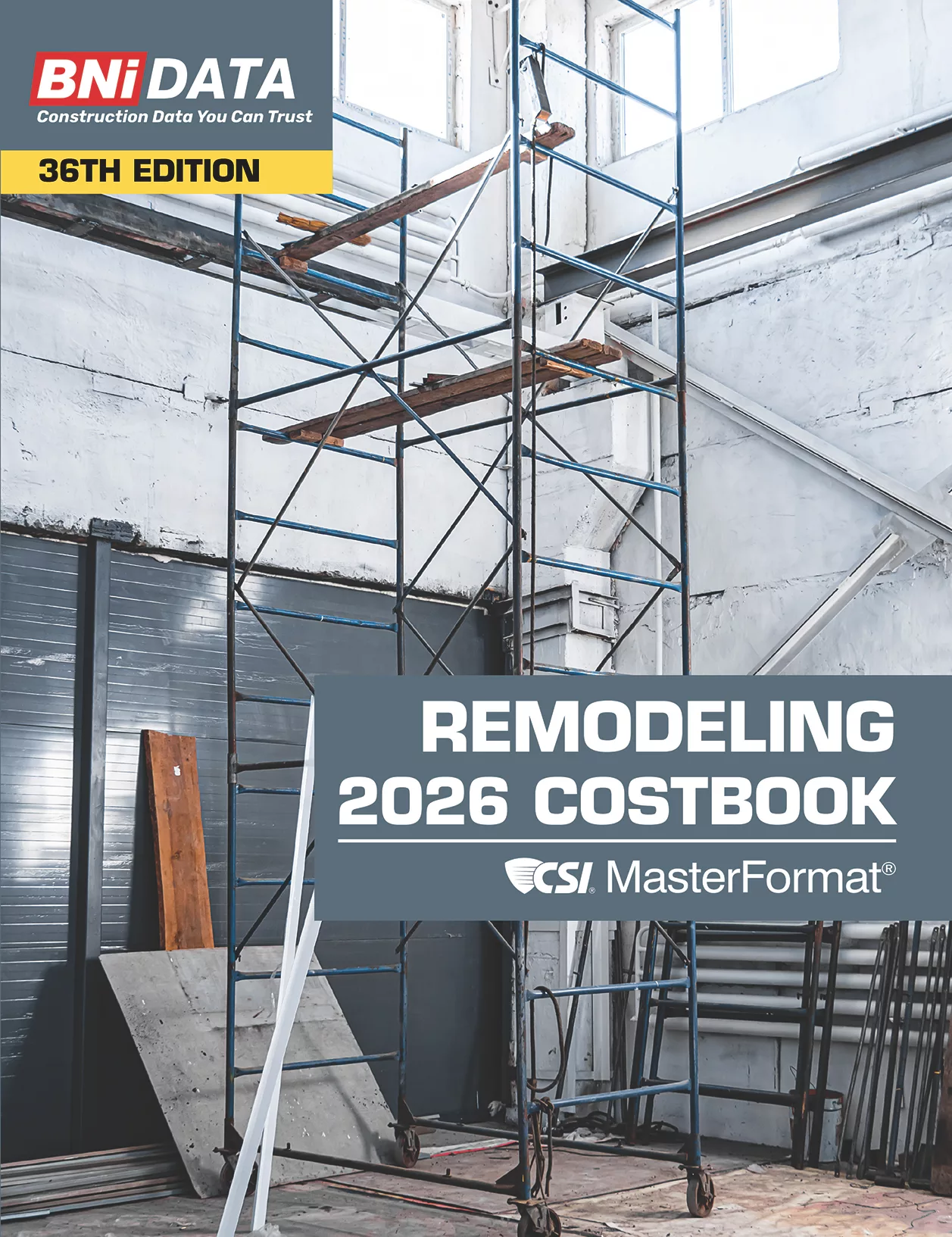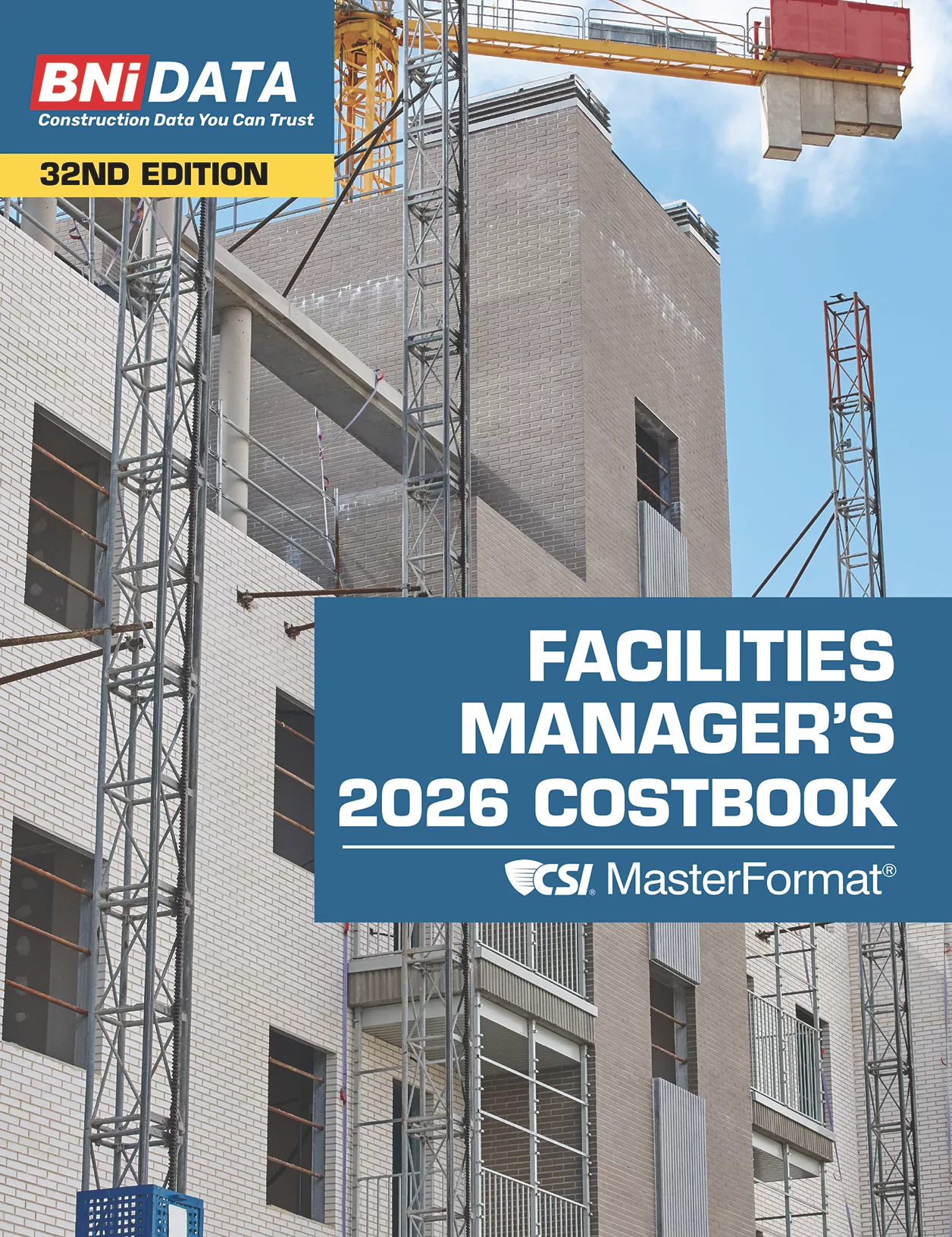Web Exclusive: Underlayment Related News and Current Events from the Sunshine State
Florida has recently completed the implementation process of the 2007 Florida Building Code. Among the numerous changes, the minimum requirements for underlayments used for residential re-roofing has been upgraded to ASTM D 226 type 1 or 2 felt.
Florida has recently completed the implementation process of the 2007 Florida Building Code. Among the numerous changes, the minimum requirements for underlayments used for residential re-roofing has been upgraded to ASTM D 226 type 1 or 2 felt. This new minimum is a result of the hurricane mitigation law that was passed last year and only applies to residential single family site built homes that were constructed prior to the implementation of the 2001 Florida Building Code.
The implementation of the hurricane mitigation law has been a heavily debated process to say the least. The intent of the law is to achieve two primary goals. The first goal is to ensure that structural roof decks are attached to the trusses and the trusses are attached to the walls in accordance to the wind zones in which the building is located, as well as current code requirements. The second goal is to ensure that the underlayment (referred to as secondary water barrier in the new code) used in residential re-roofing remains in place during a high wind event should the primary roof system fail. Initially the proponents of this bill (the insurance industry) pushed for self-adhered underlayments or taped joints on the structural deck followed by an approved 30# (minimum) underlayment as the only options. This didn’t settle well with Florida’s roofing industry and numerous manufacturers so the original law was challenged.
As a result of the challenge the Florida Building Commission (FBC) developed a wind mitigation workgroup that was given the task to work out the issues in the wind mitigation law. The Florida Roofing, Sheet Metal and Air Conditioning Contractors Association (FRSA) had strong representation in the wind mitigation work group meetings. After much debate traditional organic and synthetic underlayments were written back into code with more stringent fastening patterns. The minimum test standard for felt was upgraded to ASTM D 226 and allows for the use of type 1 (15#) and type 2 (30#) felts. This eliminated the option to use ASTM D 4869 felts, a cheaper alternative to the heavier grade ASTM D 226 felt.
Since the 2007 Florida Building Code has taken effect (March 1,) there has been much debate over the elimination of the lighter grade ASTM D 4869 felt. Some contractors prefer the lighter grade felt because they feel it lays flatter after being exposed to moisture and results in a better looking roof when installing shingles.
The Asphalt Roofing Manufacturers Association (ARMA) has submitted a request to change the final ruling to allow any approved underlayment that has been tested in accordance to Florida’s product approval requirements and is applicable to the type of roof in which it will be used. The FBC reviewed the submitted request and voted to oppose, thus leaving the minimum standard at ASTM D 226 type 1 or 2 for the time being.
Another Item to keep an eye on is the soon to be published FRSA/TRI Concrete and Clay Roof Tile Installation Manual Fifth Edition. The FRSA and the Tile Roofing Institute (TRI) are in the process of reformatting the manual from its current form to an easier to read format.
Of the numerous changes being made to help reinforce tile roofing’s market share in the Florida roofing market, minimum requirements for underlayment used in tile roofing are being upgraded. The hurricane events that Florida has endured over the past few years have proven to expose inferior underlayment’s that should have performed much longer. Over the past two decades some products have been developed to compete in cost, rather than performance, to meet the challenging needs of recent construction booms in Florida. As a result, products are being used that meet a competitive budget rather than the desired performance. The changes will eliminate some of the current options that have proven to be inadequate for the life span of a traditional tile roof.
FRSA has developed a subcommittee to communicate with underlayment manufacturers to ensure that necessary changes will not result in conflicts. The primary intent is to develop minimum standards that will promote an honest representation of an underlayment’s’ capabilities to comply with specific types of tile systems that it will be used with. FRSA has received valuable input and feedback from the industries’ top underlayment manufacturers that are participating in this exercise. The fifth edition is anticipated to be released in late 2009 or early 2010.
Florida has recently completed the implementation process of the 2007 Florida Building Code. Among the numerous changes, the minimum requirements for underlayments used for residential re-roofing has been upgraded to ASTM D 226 type 1 or 2 felt. This new minimum is a result of the hurricane mitigation law that was passed last year and only applies to residential single family site built homes that were constructed prior to the implementation of the 2001 Florida Building Code.
The implementation of the hurricane mitigation law has been a heavily debated process to say the least. The intent of the law is to achieve two primary goals. The first goal is to ensure that structural roof decks are attached to the trusses and the trusses are attached to the walls in accordance to the wind zones in which the building is located, as well as current code requirements. The second goal is to ensure that the underlayment (referred to as secondary water barrier in the new code) used in residential re-roofing remains in place during a high wind event should the primary roof system fail. Initially the proponents of this bill (the insurance industry) pushed for self-adhered underlayments or taped joints on the structural deck followed by an approved 30# (minimum) underlayment as the only options. This didn’t settle well with Florida’s roofing industry and numerous manufacturers so the original law was challenged.
As a result of the challenge the Florida Building Commission (FBC) developed a wind mitigation workgroup that was given the task to work out the issues in the wind mitigation law. The Florida Roofing, Sheet Metal and Air Conditioning Contractors Association (FRSA) had strong representation in the wind mitigation work group meetings. After much debate traditional organic and synthetic underlayments were written back into code with more stringent fastening patterns. The minimum test standard for felt was upgraded to ASTM D 226 and allows for the use of type 1 (15#) and type 2 (30#) felts. This eliminated the option to use ASTM D 4869 felts, a cheaper alternative to the heavier grade ASTM D 226 felt.
Since the 2007 Florida Building Code has taken effect (March 1,) there has been much debate over the elimination of the lighter grade ASTM D 4869 felt. Some contractors prefer the lighter grade felt because they feel it lays flatter after being exposed to moisture and results in a better looking roof when installing shingles.
The Asphalt Roofing Manufacturers Association (ARMA) has submitted a request to change the final ruling to allow any approved underlayment that has been tested in accordance to Florida’s product approval requirements and is applicable to the type of roof in which it will be used. The FBC reviewed the submitted request and voted to oppose, thus leaving the minimum standard at ASTM D 226 type 1 or 2 for the time being.
Another Item to keep an eye on is the soon to be published FRSA/TRI Concrete and Clay Roof Tile Installation Manual Fifth Edition. The FRSA and the Tile Roofing Institute (TRI) are in the process of reformatting the manual from its current form to an easier to read format.
Of the numerous changes being made to help reinforce tile roofing’s market share in the Florida roofing market, minimum requirements for underlayment used in tile roofing are being upgraded. The hurricane events that Florida has endured over the past few years have proven to expose inferior underlayment’s that should have performed much longer. Over the past two decades some products have been developed to compete in cost, rather than performance, to meet the challenging needs of recent construction booms in Florida. As a result, products are being used that meet a competitive budget rather than the desired performance. The changes will eliminate some of the current options that have proven to be inadequate for the life span of a traditional tile roof.
FRSA has developed a subcommittee to communicate with underlayment manufacturers to ensure that necessary changes will not result in conflicts. The primary intent is to develop minimum standards that will promote an honest representation of an underlayment’s’ capabilities to comply with specific types of tile systems that it will be used with. FRSA has received valuable input and feedback from the industries’ top underlayment manufacturers that are participating in this exercise. The fifth edition is anticipated to be released in late 2009 or early 2010.
Looking for a reprint of this article?
From high-res PDFs to custom plaques, order your copy today!






